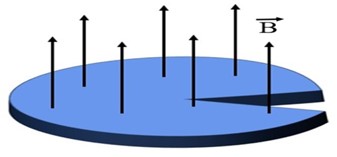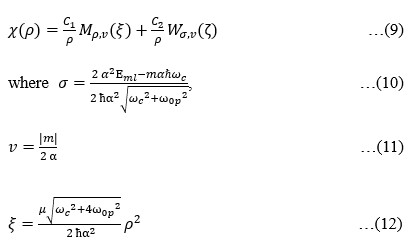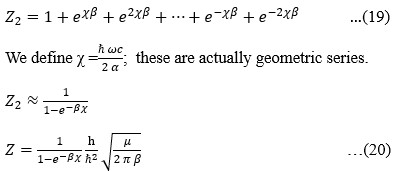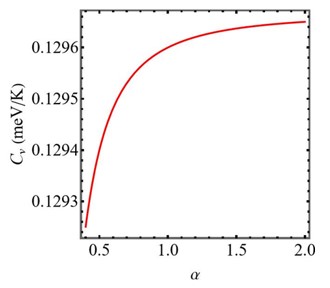Thermodynamic Properties of Polar Quantum Disc with Conical Disclination
Saklani R1, Kaushikb B2, Pratap S3*
DOI:10.61343/jcm.v1i02.24
1 Ritik Saklani, Department Of Physics Astronomical Science, Central University Of Himachal Pradesh 176206, Hp, India.
2 Bhavya Kaushikb, Department Of Physics Astronomical Science, Central University Of Himachal Pradesh 176206, Hp, India.
3* Surender Pratap, Department Of Physics Astronomical Science, Central University Of Himachal Pradesh 176206, HP, India.
In this study, we have investigated the thermodynamic properties of the polar quantum disc having conical disclination. The spectrum of the non-interacting charged particle system was obtained with the aid of the Schrödinger equation with the effective mass approximation. The charged particle under investigation is confined by parabolic potential and a homogeneous magnetic field perpendicular to the quantum disc. We have shown the variation of internal energy (U) and specific heat Cv with the kink parameter α. Both U and Cv increase with the increase in α.
Keywords: Specific heat, Polar Quantum Disc, Internal energy, Thermodynamic Properties.
| Corresponding Author | How to Cite this Article | To Browse |
|---|---|---|
| , , Department Of Physics Astronomical Science, Central University Of Himachal Pradesh 176206, , HP, India. Email: |
Saklani R, Kaushikb B, Pratap S, Thermodynamic Properties of Polar Quantum Disc with Conical Disclination. J.Con.Ma. 2023;1(2):133-137. Available From https://jcm.thecmrs.in/index.php/j/article/view/24 |


 ©
© 

 …(2)the simplified metric has the form
…(2)the simplified metric has the form …(3)
…(3) …(4)
…(4)

 …(7)
…(7)
 ,
,  …(13)
…(13)

 …(18)
…(18)
 …(21)
…(21)

